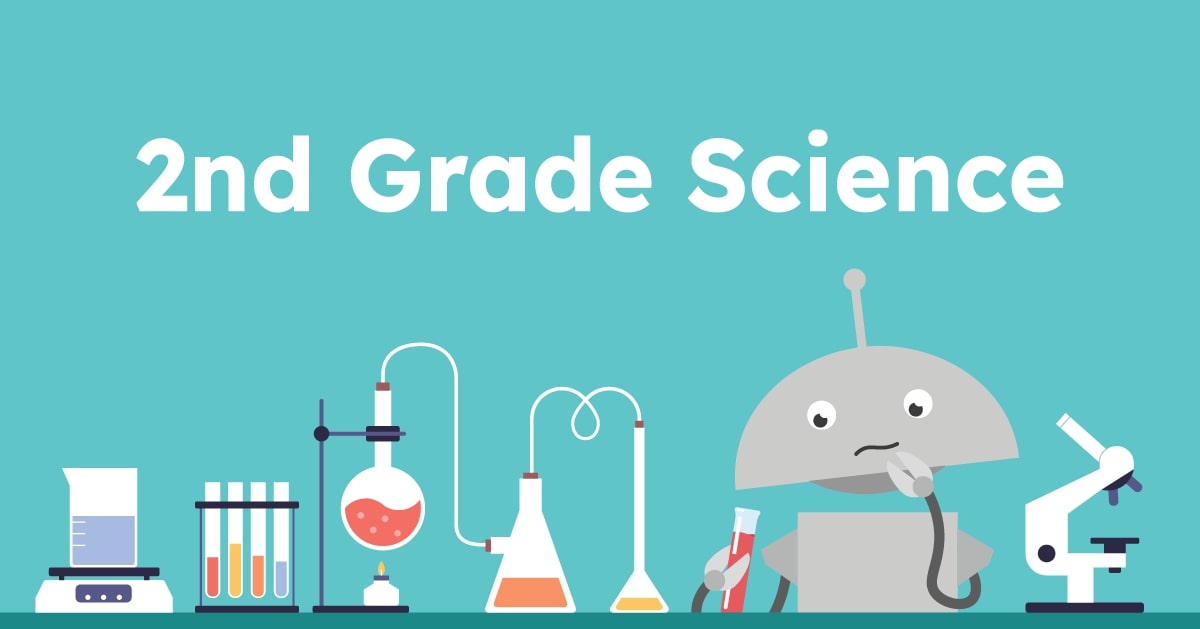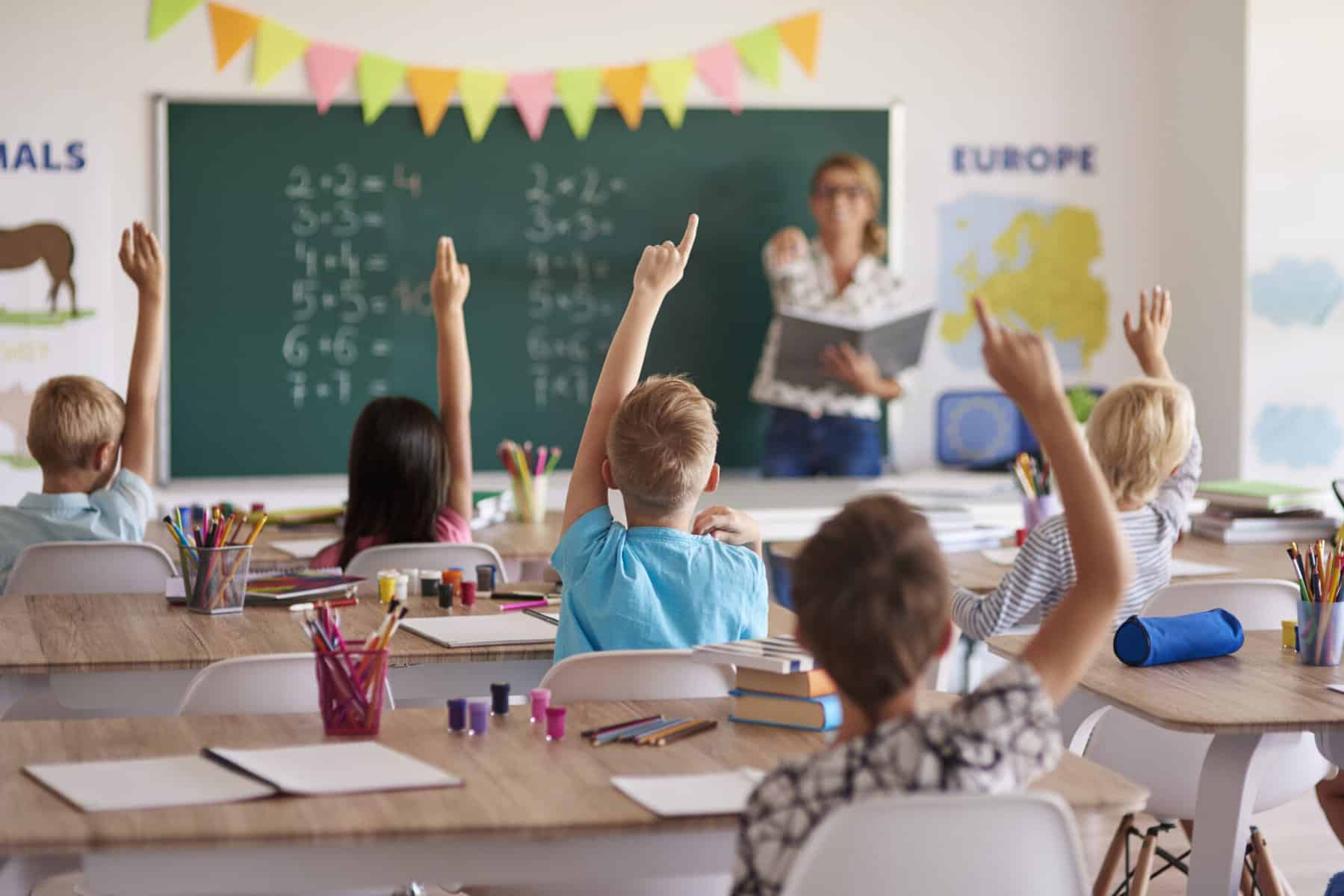2nd Grade Science Curriculum
Last year, your child learned how to ask questions and investigate like a scientist — in science for second grade, they will learn how to think like a scientist! At this stage, students begin to explore their hypotheses through simple experiments. Students focus on important scientific skills like making predictions, recording data, and recognizing patterns in nature.
With Miacademy, learning science is engaging and interactive! Our second grade science curriculum encourages curiosity and critical thinking through hands-on activities and engaging lessons. From exploring life cycles and biomes to learning about biodiversity and conservation, second grade science helps students develop essential observation and reasoning skills.
Sample Lesson
You can find more of our science videos for second grade on YouTube at The Miacademy Learning Channel!
Is my student ready for 2nd grade science lessons?
A good sign your child is prepared for science in second grade is if they’ve mastered first grade science concepts.
Your student is likely ready for second grade science standards if they:
Free 2nd Grade Science Worksheets – PDF Download
Each video lesson has printable science worksheets with additional activities to extend learning beyond the screen with a hands-on approach!
Click here to download a free sample PDF of our second grade science worksheets:
What are the 2nd grade science standards?
Science standards in second grade focus on exploring the natural world through observation, experimentation, and hands-on learning. Students learn about lab safety, biomes, life cycles, weather patterns, and biodiversity. They also begin to explore basic ecosystems, food webs, and animal adaptations.
The goal of second grade science standards is to teach kids to start exploring and experimenting to understand the natural world around them. Miacademy achieves this by exploring topics like:
- General life science, including how to study the natural world and share their discoveries – Students will understand how scientists observe, experiment, and analyze data to understand living organisms and ecosystems. Students will practice researching their own questions and sharing their findings.
- Living and nonliving things – Students will be able to classify things as living or nonliving based on characteristics like growth, reproduction, and response to the environment around them.
- Animal classifications – Students will be able to group animals into categories like mammals, reptiles, birds, amphibians, and fish based on traits such as body structure, reproduction, and habitat.
- The importance of biodiversity and conservation – Students will understand the importance of biodiversity in ecosystems. Students will also learn about the different conservation efforts that protect species from habitat destruction, climate change, and human impact.
- Seasonal changes of plants and animals – Students will study seasonal plant and animal adaptations such as migration, hibernation, dormancy, blooming, or changing growth patterns.
- Unique adaptations that help animals survive – Students will understand the purpose of specialized animal traits such as camouflage, mimicry, sharp claws, or keen senses to help them find food, escape predators, and thrive in their environment.
- Food chains & food webs – Students will understand the flow of energy through ecosystems by studying food webs and chains that illustrate predator-prey relationships and nutrient cycling.
Scope and Sequence
Exploring Science
Our second grade science course invites young learners to dive into the wonders of the natural world while developing their observation skills, forming hypotheses, and engaging with hands-on activities. Through immersive videos, engaging materials, and real-world explorations — from whales to towering trees — students build on prior knowledge to deepen their understanding and curiosity.
Centered around biology and life science, the course explores topics such as living and nonliving things, animal adaptations, plants, weather, and seasonal changes while also including concepts from other scientific areas for a well-rounded education.
Miacademy’s Online 2nd Grade Homeschool Curriculum
Our second grade science curriculum is all about building a strong foundation for scientific thinking. Through hands-on exploration and engaging activities, second grade students will develop observation skills, ask thoughtful questions, and make connections to the world around them.
Our lessons encourage children to explore and experiment with an inquiry-based approach, encouraging them to ask questions and investigate their findings. Designed by experienced educators, our curriculum builds student confidence, encourages curiosity, and develops their critical thinking skills to support learning in all subject areas.
One of the best things about our second grade curriculum is homeschooling with flexibility! You get full customization over your lesson plans and assignments to fit your child’s unique learning needs. Students can pick up where they left off and begin working on new topics.
Our family of accredited curricula covers everything from lab safety to physics and chemistry and adapts easily to your child’s educational needs.
Whether you homeschool full time or are looking to supplement a public school education, we’re here to support you! Wondering if Miacademy’s second grade homeschool curriculum can be a good fit for your student? Start a chat with one of our friendly customer service agents below! They’ll be happy to help you with any questions you may have.



